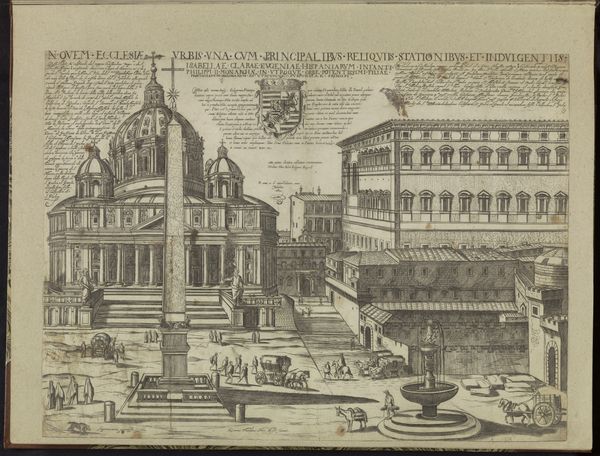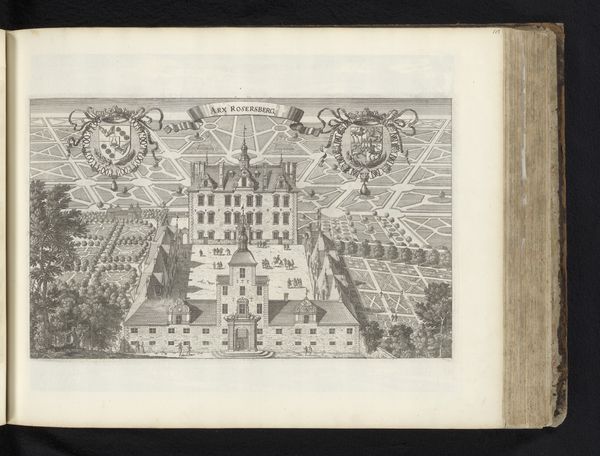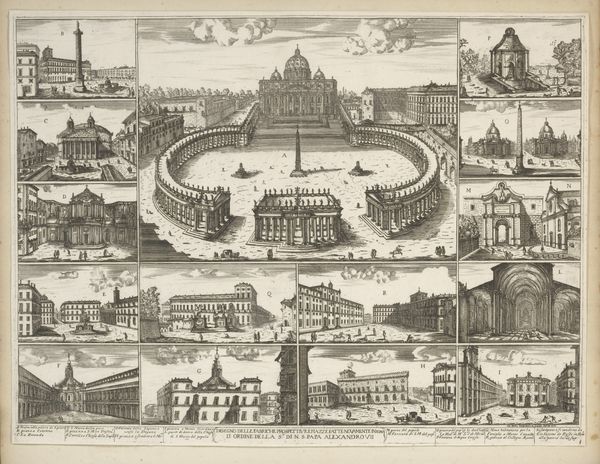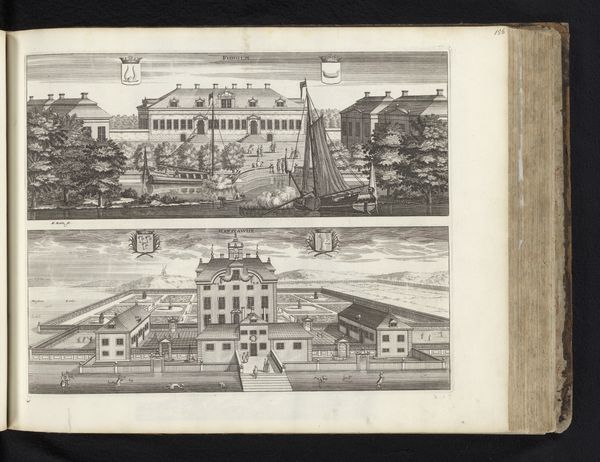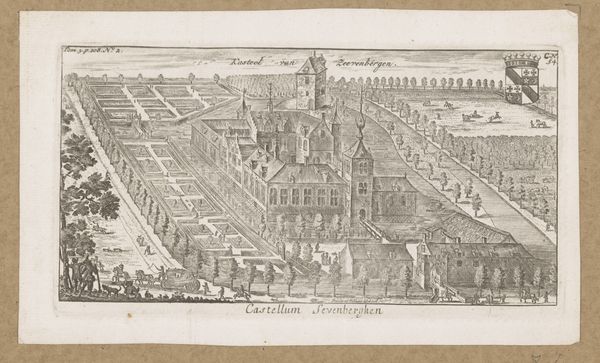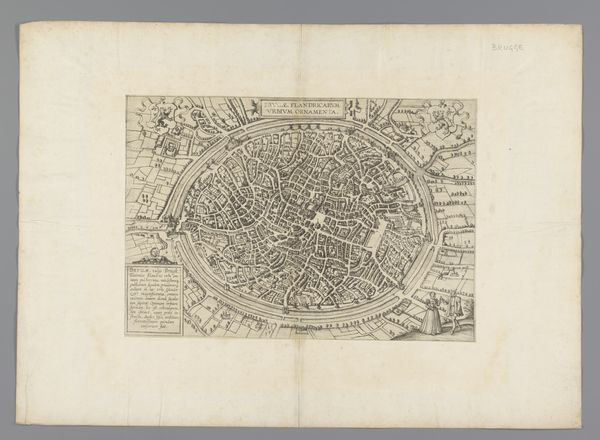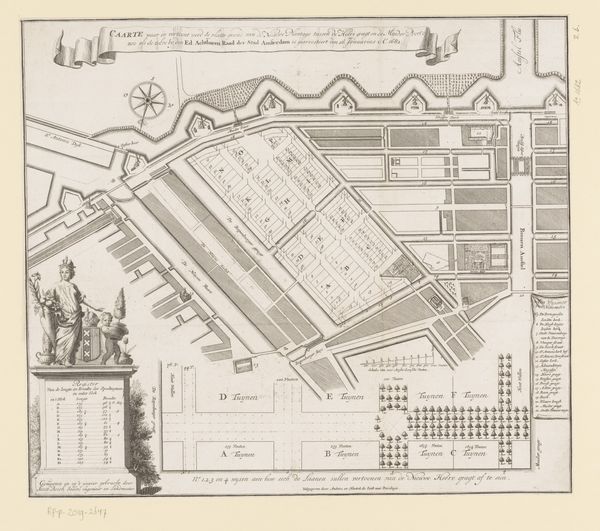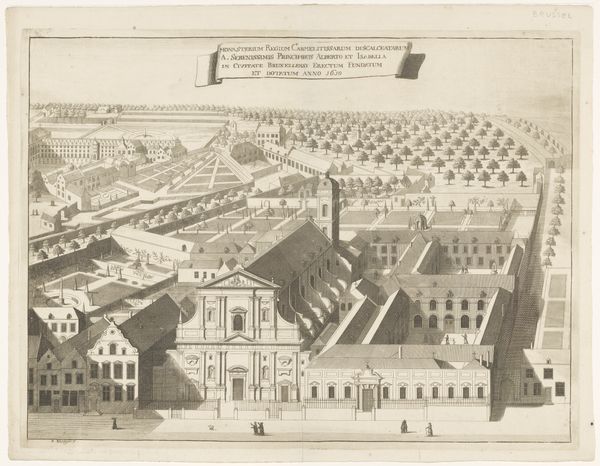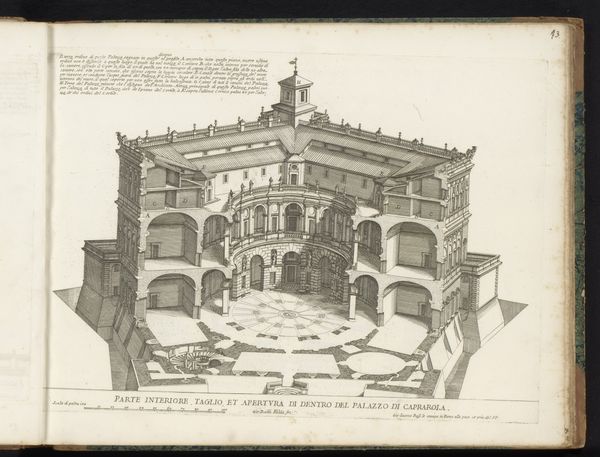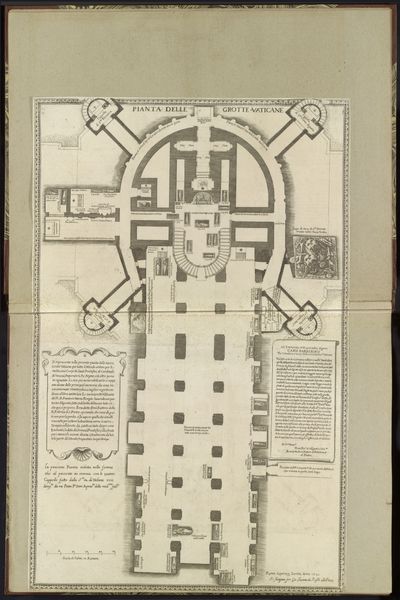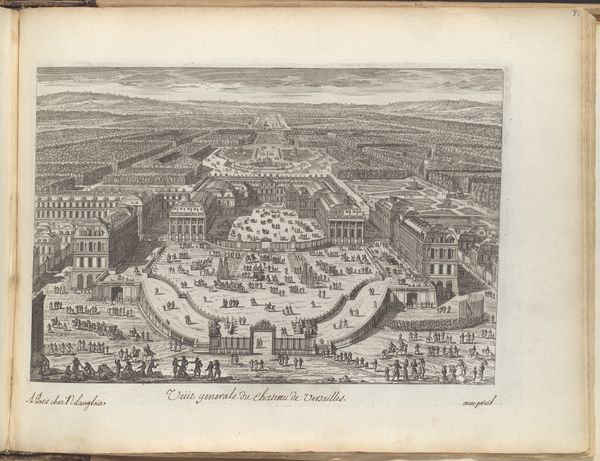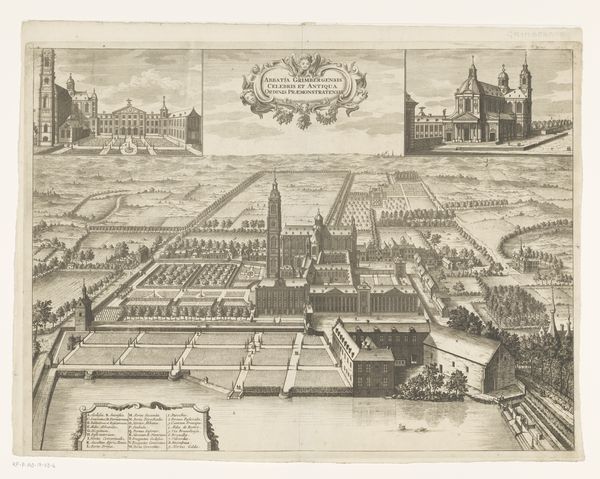
drawing, paper, ink, architecture
#
drawing
#
baroque
#
paper
#
ink
#
geometric
#
cityscape
#
architecture
Dimensions: overall: 36.5 x 24.8 cm (14 3/8 x 9 3/4 in.)
Copyright: National Gallery of Art: CC0 1.0
Curator: This work, “Plan and Three Views of a Circular Church,” comes to us from Pierre Varin, dating around 1750. We see a baroque architectural study rendered in ink on paper. Editor: The drawing feels incredibly precise and almost mathematical at first glance, yet the muted palette and delicate lines lend it a certain ephemeral, dreamlike quality. It seems like a blueprint for a place of worship, but with an aspirational rather than pragmatic aim. Curator: Varin was clearly immersed in the architectural trends of his era. The circular design, the emphasis on a central dome... we can easily connect this to the legacy of Baroque architects. Think Borromini and Bernini. It reflects a society keen to embody power, even in sacred spaces. Editor: I think the choice to illustrate a circular church is fascinating when you consider power dynamics. Circles suggest egalitarianism, wholeness. But in the 18th century, who truly had access to those spiritual spaces? Perhaps it symbolizes a tension between a desire for universal inclusion and the realities of class. Curator: Indeed. The inclusion of multiple perspectives, like a flattened projection and a cutaway view, grants it a teaching-tool feel. We often consider the social function of art within specific societal sectors; designs like this could serve as status symbols in social circles, reflecting good taste or social awareness. Editor: And perhaps the unbuilt nature of the church provides an alternative lens into those communities. Did the structure remain merely on paper? Who would benefit if constructed? By deconstructing the architecture, we find it echoing social theory. We could find it reveals 18th century desires to build community around religious faith in the civic sphere. Curator: Certainly. Imagined architectural forms are revealing because of that imaginative freedom they enjoy. Now I wonder if we consider similar, more abstract, art movements... Editor: Exactly! The drawing becomes less about a building and more about a mirror reflecting a society's aspirations. A beautiful tension there.
Comments
No comments
Be the first to comment and join the conversation on the ultimate creative platform.
